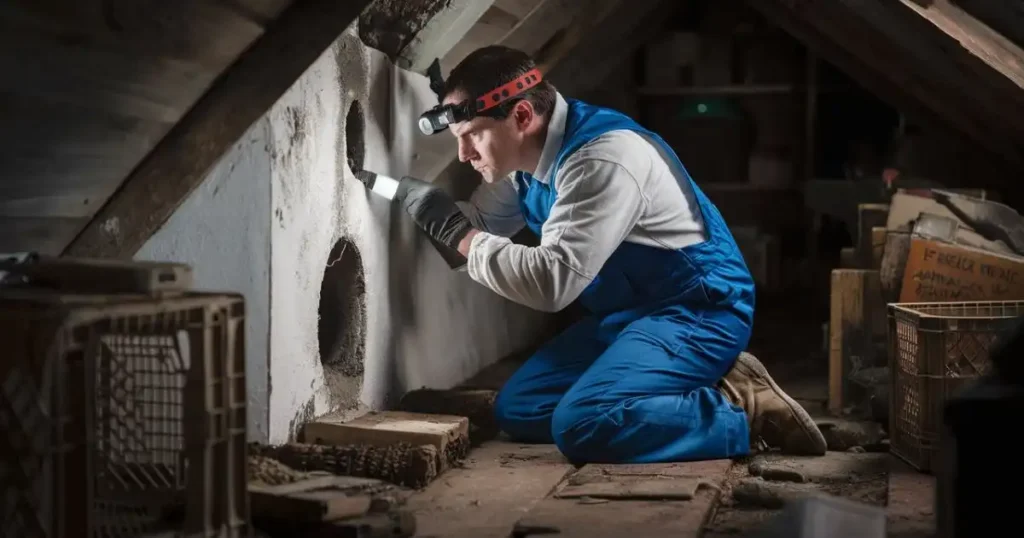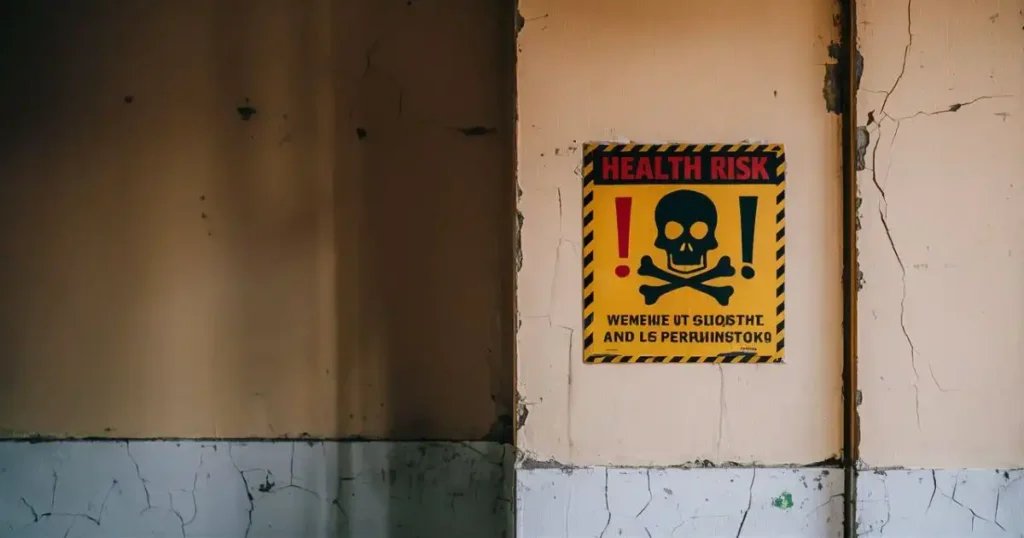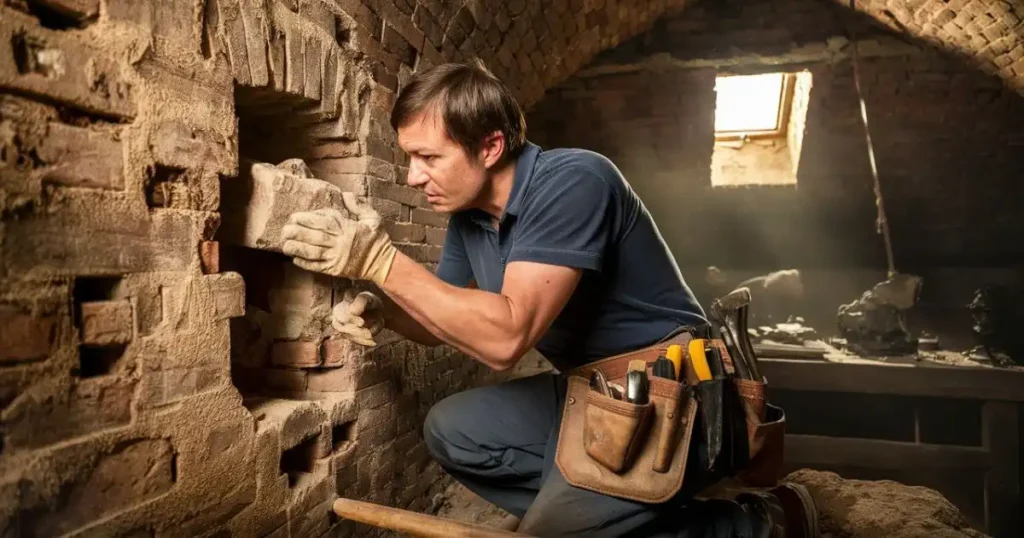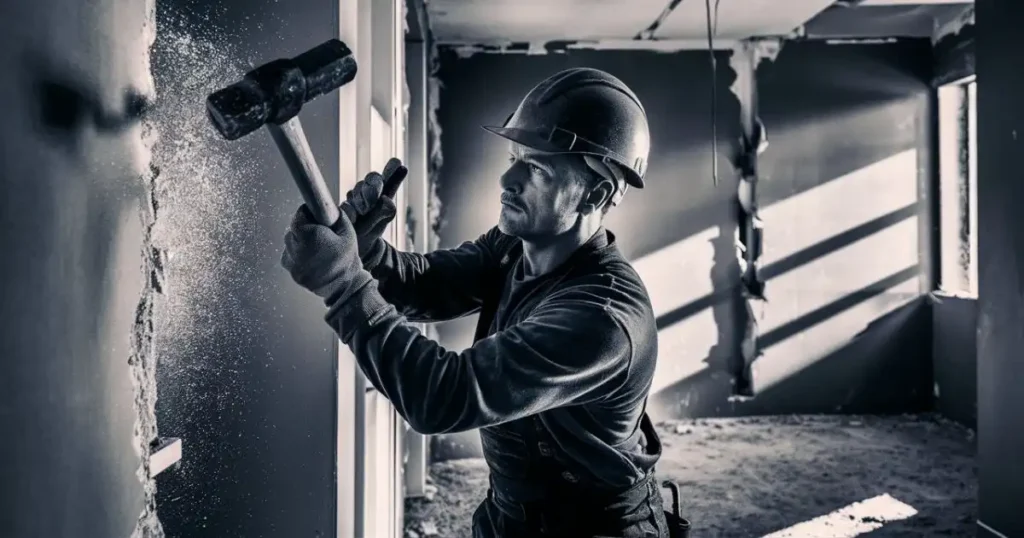
Finding a dead animal in a wall can be both unsettling and concerning. The first step to locating a deceased animal is to identify any unusual smells or sounds coming from the wall. These odors often indicate decay, while rustling noises can suggest movement.
It is crucial to address the issue promptly, as a dead animal in a wall poses health risks. Decomposition can draw pests and cause diseases to spread, which could make matters worse. Knowing the signs and understanding the best methods for detection will help mitigate these hazards.
By paying attention to specific indicators and taking the right approach, locating a dead animal in a wall becomes more manageable. This knowledge not only aids in the recovery process but also ensures a healthier living environment.

Identifying the presence of a dead animal in the wall is crucial for timely removal. Common signs include:
Understanding these signs and smells helps in identifying the problem effectively, allowing for prompt action to resolve the issue.

Asking yourself about the dead animal in wall health risk. Decomposing animals may carry bacteria and parasites that can be harmful to humans.
Taking the appropriate safety precautions is crucial to reducing health risks:
In many cases, hiring a professional service may be the safest choice. Experts can safely remove the dead animal and handle the potential health risks effectively.

Identifying the location of a dead animal in a wall can be challenging.
Step 1: Listen for Sounds
He or she should begin by listening for unusual noises such as scratching or buzzing. These sounds may indicate the presence of a carcass.
Step 2: Check for Odors
A strong, foul smell often accompanies a dead animal. The odor may be more intense near a specific wall or area.
Step 3: Look for Signs of Activity
Check for signs of entry points, such as holes or gaps. These areas often indicate where animals may have gotten inside.
Step 4: Inspect the Area
Examine the walls and surrounding areas closely. Look for stains, droppings, or any other evidence that may hint at a carcass nearby.
Step 5: Use Tools
A flashlight can help illuminate dark areas. Mirrors or cameras can also be useful to inspect concealed spaces without extensive demolition.
Step 6: Seek Professional Help
When locating a dead animal proves difficult, it may be time to contact a pest control professional. Skilled professionals can find and remove the carcass with efficiency.
An individual can raise their chances of finding a dead animal in a wall by using these steps.

Finding a dead animal in a wall requires careful handling. Various removal techniques can ensure that the process is effective and safe while preventing health risks associated with decomposition and odor.
When removing a dead animal in a wall, safety must come first. Start by wearing protective gear, including gloves, a mask, and goggles. This helps prevent exposure to bacteria and potential parasites.
Identify the location of the dead animal and carefully remove any interior paneling or drywall to access it. Using a flashlight can help illuminate dark spaces. Once located, use a stapler or grabber tool to gently remove the animal, minimizing direct contact.
After extraction, seal the animal in a bag to contain any odor and dispose of it according to local regulations. To ensure that there are no pathogens left and that no residue is left, disinfect the area.
For situations where removal is complex or the animal is deeply embedded, professional removal services may be the best option. Experts have specialized equipment and training to handle dead animal removal in wall structures safely.
Professionals can conduct a thorough inspection to identify the exact location and access points for the animal. They typically have the right tools to dismantle sections of the wall without causing damage.
Additionally, these services can provide follow-up assessments to identify the entry point, preventing future occurrences. Utilizing professional services ensures health risks are minimized, and any lingering odor is addressed effectively.
After locating and removing the dead animal, proper cleaning and sanitization are essential. This process helps eliminate odors and prevent health risks.
Steps for Cleaning:
Cleaning Supplies Needed:
First, clean the area where the animal was located. Use disinfectant spray on surfaces that may have come into contact with fluids or waste. For more extensive areas, a solution of soap and water is effective.
Odor Removal Techniques:
Regular ventilation is crucial. Open windows or use fans to circulate air until the smell dissipates.
After thoroughly cleaning, monitor the area for any remaining odors. Addressing dead animal in wall smell removal promptly can contribute to a healthier environment.
Eliminating odors from a dead animal can be challenging. Effective methods involve both natural remedies and commercially available products that neutralize the smell efficiently.
Odors can be effectively absorbed by using baking soda. Over a few hours, liberally scattering it in the areas where the smell is strongest will help neutralize it. After that, vacuum up the baking soda to get rid of the smell that was absorbed.
Vinegar is another option. Placing bowls of vinegar in the affected area can help absorb and mask the odor. The acetic acid in vinegar neutralizes certain compounds that contribute to odors.
Activated charcoal can also be used. It excels at trapping odors and can be placed in small containers or fabric bags around the impacted area.
If you were wondering how to get rid of dead animal smell in vents. When dealing with air vents, natural remedies may not penetrate deeply. In these cases, placing dryer sheets or even cat litter near the vent can provide temporary relief.
Strong and lingering odors are the target audience for commercial odor neutralizers. Seek out enzymatic cleaners designed with the purpose of decomposing organic materials in mind. To get to the source, these products can be sprayed directly onto surfaces.
Foggers are another solution. They disperse odor-neutralizing agents throughout the space, reaching hidden areas. So, if you were wondering how to get rid of dead animal smell under deck, this method is beneficial for extensive areas like basements or underneath decks.
When searching for the right product, check for formulations targeting animal odors and read reviews to gauge effectiveness. Ensure proper ventilation while using these products to allow for safe use and optimized results.
For the best results, a combination of natural and commercial solutions can be applied. This hybrid approach can help manage and ultimately eliminate the unpleasant smell of a dead animal in walls or other difficult-to-reach areas.
Preventing dead animals from getting into walls begins with proactive measures.
Sealing Entry Points:
Maintaining Cleanliness:
Proper Landscaping:
Regular Inspections:
Use Repellents:
Homeowners can drastically lower the possibility of a dead animal in wall situations by putting these precautions into place.
It can be difficult to identify a dead animal embedded in a wall. It is advisable to seek professional assistance if the odor is strong and persistent.
Signs that indicate it's time to call a professional:
Professional services for removing dead animals from walls usually consist of:
In cases where there's uncertainty about the source of the smell or how to remove the animal, contacting professionals is essential. They possess the experience and equipment to handle these situations effectively.
Prompt action prevents further complications, such as attracting other pests or causing damage to the property.
Addressing concerns about dead animals in walls is crucial for safety and comfort. Several key questions relate to health risks, odor management, and removal procedures.
Dead animals can pose significant health risks. They may attract pests such as insects or rodents, which can spread disease. Additionally, the decomposition process can release harmful bacteria and pathogens into the air.
Locating a dead animal can be challenging. Identifying the source of the odor is essential. Listening for sounds like scratching or using a thermal camera may help pinpoint the location.
Neutralizing odors requires specific actions. Activated charcoal or odor-absorbing gels can reduce smells. Sealing off the area to contain the scent is also advisable.
The decomposition smell can persist for several weeks. Factors like temperature and humidity can influence this duration. Typically, it may lessen significantly after two to four weeks.
A dead animal in the wall emits a strong, pungent odor, often described as rotting meat mixed with a musty, earthy scent. The dead animal in the wall smell can spread throughout your home and worsen as decomposition progresses. If you notice this odor, it's important to address the issue quickly to eliminate the smell and prevent potential health risks.
Removing a dead animal involves a few key steps. First, locate the carcass using smell or sound. Then, safely extract it while wearing protective gear. Finally, seal up any entry points to prevent future issues.
Removing a dead mouse is highly recommended. Leaving it can lead to health hazards and persistent odors. Prompt removal helps maintain a safe and clean environment.
If there is a dead animal in the wall, contacting a professional service is essential. Critter Stop specializes in humane wildlife removal. Their experts are trained to handle such situations safely and effectively.
When reaching out to Critter Stop, customers can expect a free inspection. The team assesses the situation and determines the best course of action. They prioritize customer satisfaction and ensure a swift response.
Reasons to choose Critter Stop:
To initiate the process, one can simply call (214) 234-2616. The friendly staff can provide information and schedule an appointment.
Critter Stop understands the stress of discovering a dead animal in the home. Their commitment to service ensures peace of mind during the removal process. Trust in a company recognized for its dedication and positive feedback from clients.
Visit our Critter Library and learn more about our furry friends